Non-reducing sugar is
maltose
sucrose
lactose
none of these.
The correct Answer is:B
To determine which of the given options is a non-reducing sugar, we need to understand the definition of non-reducing sugars and analyze each option accordingly.
1. Understanding Non-reducing Sugars:
Non-reducing sugars are carbohydrates that do not have a free aldehyde or ketone group. This means they cannot be oxidized and do not participate in reduction reactions, such as the Tollen's test or Benedict's test.
2. Analyzing the Options:
- Option A: Maltose: Maltose is a disaccharide composed of two glucose units. It has a free aldehyde group and can reduce Tollen's reagent, making it a reducing sugar.
- Option B: Sucrose: Sucrose is a disaccharide made up of glucose and fructose. It does not have a free aldehyde or ketone group because the glycosidic bond between glucose and fructose involves both anomeric carbons. Therefore, sucrose is a non-reducing sugar.
- Option C: Lactose: Lactose is a disaccharide made of glucose and galactose. It has a free aldehyde group and can reduce Tollen's reagent, making it a reducing sugar.
- Option D: None of these: This option suggests that none of the sugars listed are non-reducing, which is incorrect since sucrose is a non-reducing sugar.
3. Conclusion:
Based on the analysis, the only non-reducing sugar among the options provided is sucrose.
Final Answer:
The correct answer is Option B: Sucrose.
Non-reducing sugars are carbohydrates that do not have a free aldehyde or ketone group. This means they cannot be oxidized and do not participate in reduction reactions, such as the Tollen's test or Benedict's test.
- Option A: Maltose: Maltose is a disaccharide composed of two glucose units. It has a free aldehyde group and can reduce Tollen's reagent, making it a reducing sugar.
- Option B: Sucrose: Sucrose is a disaccharide made up of glucose and fructose. It does not have a free aldehyde or ketone group because the glycosidic bond between glucose and fructose involves both anomeric carbons. Therefore, sucrose is a non-reducing sugar.
- Option C: Lactose: Lactose is a disaccharide made of glucose and galactose. It has a free aldehyde group and can reduce Tollen's reagent, making it a reducing sugar.
- Option D: None of these: This option suggests that none of the sugars listed are non-reducing, which is incorrect since sucrose is a non-reducing sugar.
Based on the analysis, the only non-reducing sugar among the options provided is sucrose.
The correct answer is Option B: Sucrose.
Topper's Solved these Questions
- PRACTICE PAPER -1BOOK - NCERT FINGERTPS ENGLISHCHAPTER - PRACTICE PAPER -1EXERCISE - Practice Paper 1
50 Videos
- POLYMERS BOOK - NCERT FINGERTPS ENGLISHCHAPTER - POLYMERS EXERCISE - NCERT Exemplar
9 Videos
- PRACTICE PAPER -2BOOK - NCERT FINGERTPS ENGLISHCHAPTER - PRACTICE PAPER -2EXERCISE - Practice Paper 2
50 Videos
Similar Questions
Knowledge Check
Which of the following is non-reducing sugar ?
AGlucoseBSucroseCMaltoseDLactoseIn disaccharides, if the reducing groups of monosaccharides, i.e., aldehydic or ketonic groups are bonded, these are non-reducing sugars. Which of the following disaccharide is a non-reducing sugar?
A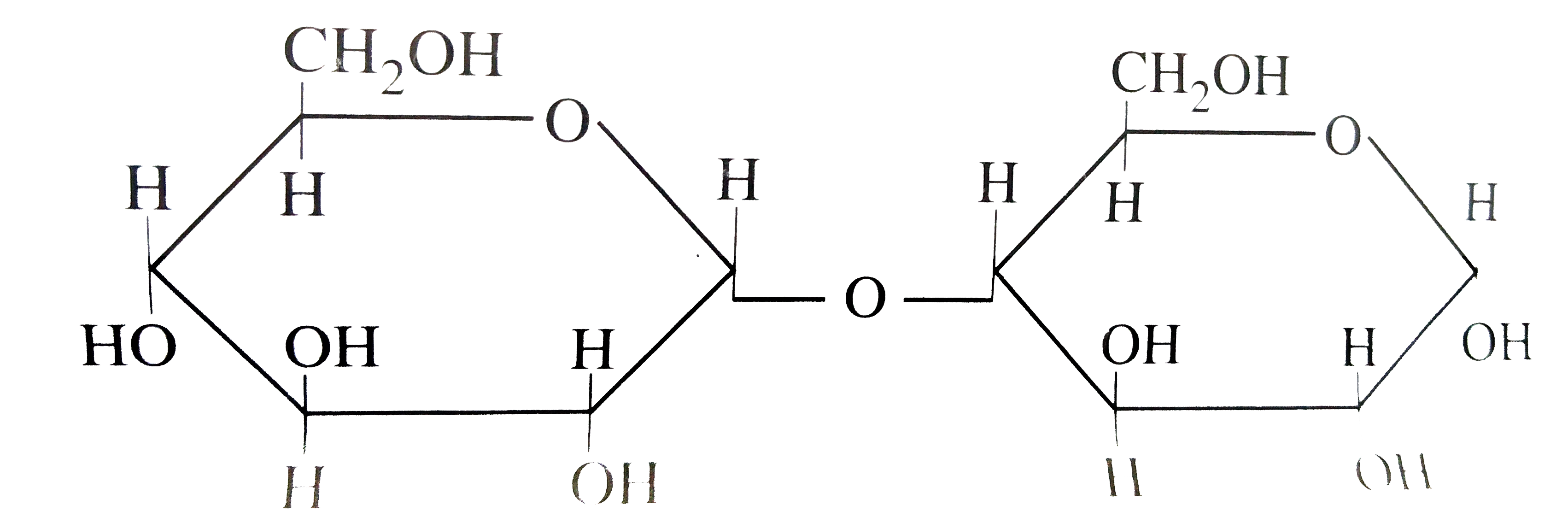 B
B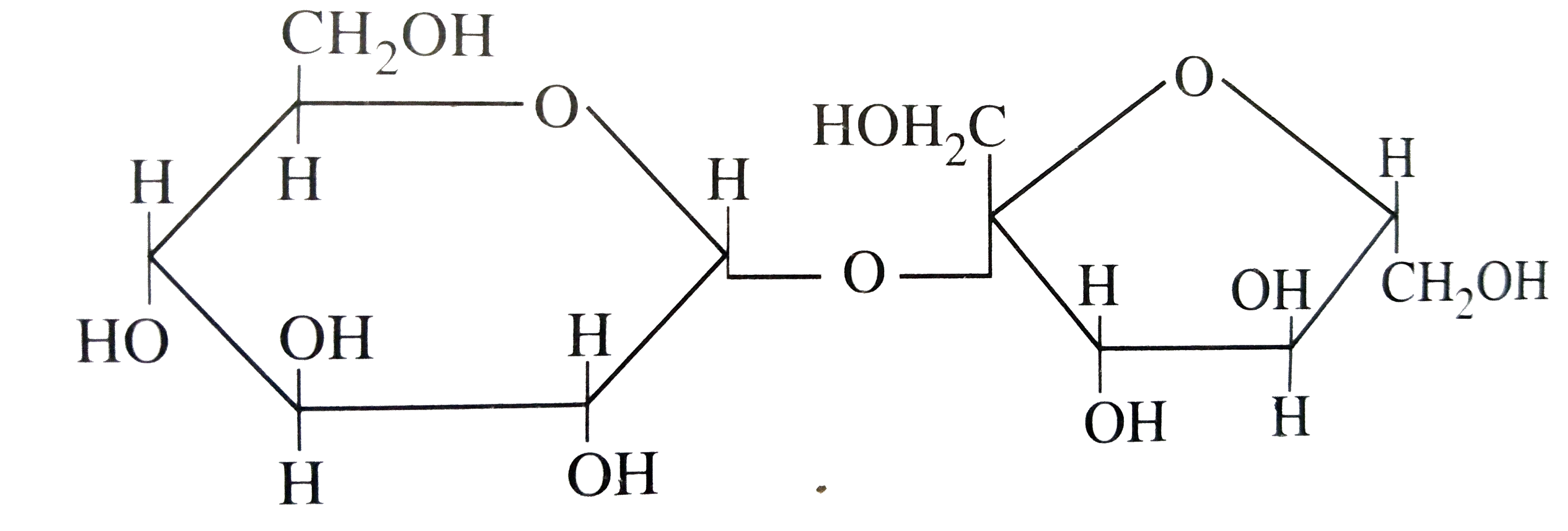 C
C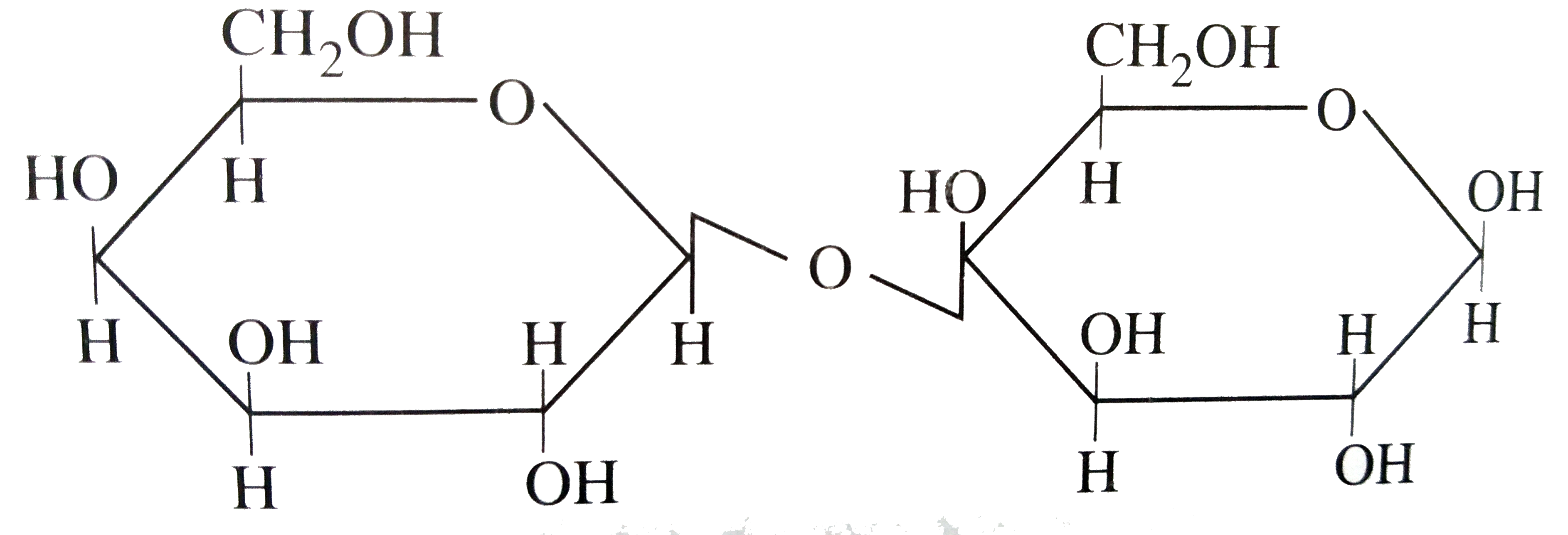 D
D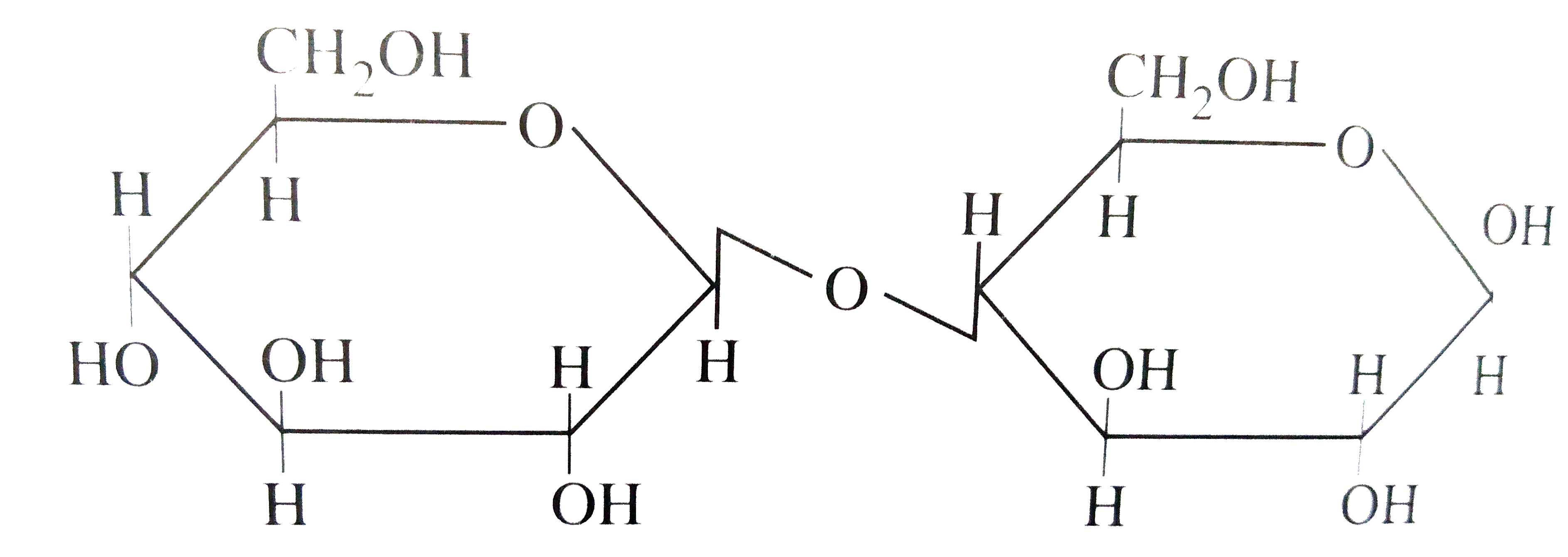
Which of the following are non-reducing sugars -
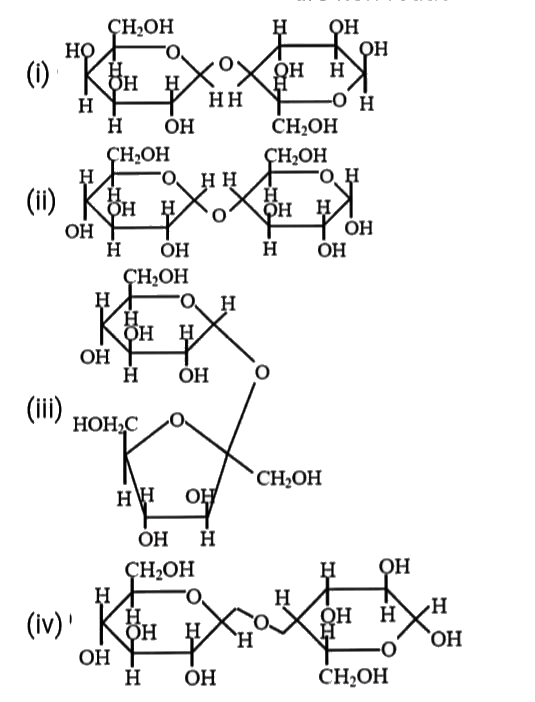
View Solutionnon-reducing sugars have
View SolutionWhich of the following are non - reducing sugars ?
View SolutionWhich of the following is/are non-reducing sugars?
View SolutionDifferentiate between reducing and non-reducing sugars.
View SolutionIn disaccharides, if the reducing groups of monosaccharides, i.e., aldehydic or ketonic groups are bonded, these are non-reducing sugars. Which of the following disaccharide is a non-reducing sugar?
View Solution
